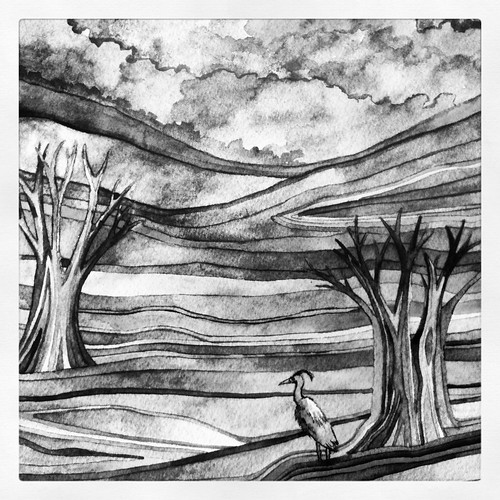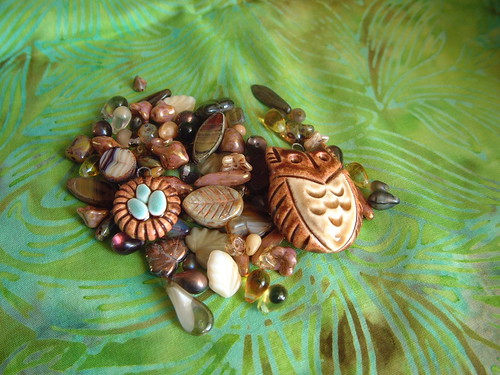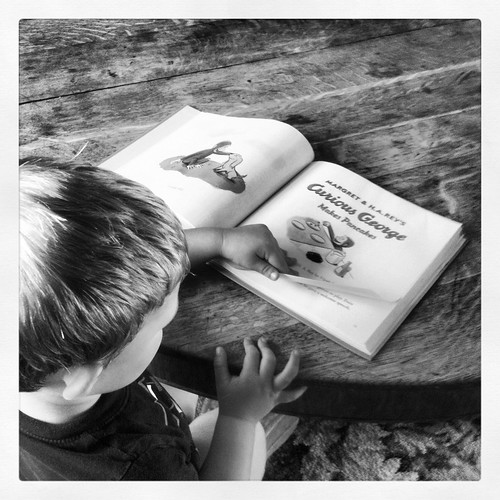
This is a detail of one of the paintings I have finished recently. There was a time, not even a year ago, when I would have found a 10 x 20" piece of paper to be completely intimidating. Now I feel comfortable working at that size. Gradually I am working larger. There was a time when anything over 5x7" was intimidating.
Also, just in case you wanted to paint or draw or create some other kind of art and were waiting for the perfect moment, supplies, space, studio, ETC. I just want to tell you that you do not have to wait. I live in a tiny studio and I painted this painting on my lap on top of the lid of a tupperwear bin. sitting at my couch. And it worked out fine. So I suggest that if you were waiting until the time or place was right to stop waiting and just go. The worse thing that can happen is that you make some art that you don't like - and honestly that happens to everyone. Even famous well-known artists make art that they don't like. And they do the same thing you should do - they toss it and keep going.
Twilight Stata
10 x 20"
watercolor and ink on paper












